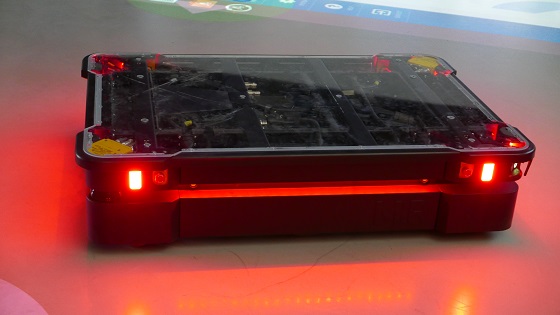The Autonomous Mobile Robots (AMR) market is projected to exceed a total addressable market (TAM) of $10 billion by 2030, according to the latest report by LogisticsIQ. The sector is expected to grow at a compound annual growth rate (CAGR) of approximately 30% between 2024 and 2030, with a forecasted installed base of two million units by the end of the decade. This expansion is largely driven by increasing demand for automation in industries such as logistics, manufacturing, and healthcare.
Several key factors are contributing to the growth of the AMR market. Businesses are adopting AMRs to improve operational efficiency, reduce labor costs, and streamline workflows. Ongoing labor shortages across various sectors, particularly in logistics and manufacturing, are accelerating the need for automated solutions. Additionally, advancements in artificial intelligence (AI), machine learning, and sensor technology are enhancing the functionality and reliability of AMRs. The surge in e-commerce is also creating a demand for efficient warehouse management solutions, further propelling the market’s expansion.
Geographically, North America currently leads the market due to early adoption of automation technologies. However, the Asia-Pacific region, particularly China, is anticipated to experience the fastest growth, driven by rapid industrialization and investments in smart factory infrastructure. By 2030, the U.S. and China are expected to account for about 40% of the global market.
In terms of industry applications, warehouse automation is predicted to dominate the AMR market, accounting for more than 75% of the total share by 2030. AMRs are also becoming increasingly common in manufacturing for tasks such as material handling and assembly line operations, replacing traditional automated guided vehicles (AGVs) due to their flexibility and scalability. In healthcare, AMRs are being used to transport medical supplies and improve operational efficiency, although this remains a niche but growing market.
Despite the strong growth forecast, the AMR market faces several challenges. High initial costs could deter smaller businesses from adoption, and integrating AMRs into existing systems can be complex. Regulatory compliance and safety standards may also pose obstacles, particularly in highly regulated industries. Additionally, limited awareness of AMR technology and potential cybersecurity risks could slow adoption.
Overall, the AMR market is set for rapid expansion, driven by the demand for automation, technological advancements, and the growing e-commerce sector, though companies must navigate several challenges to fully capitalize on this opportunity.

